4 million vehicles traded in for new ones, where do the scrapped cars go?
![]() 11/28 2024
11/28 2024
![]() 443
443
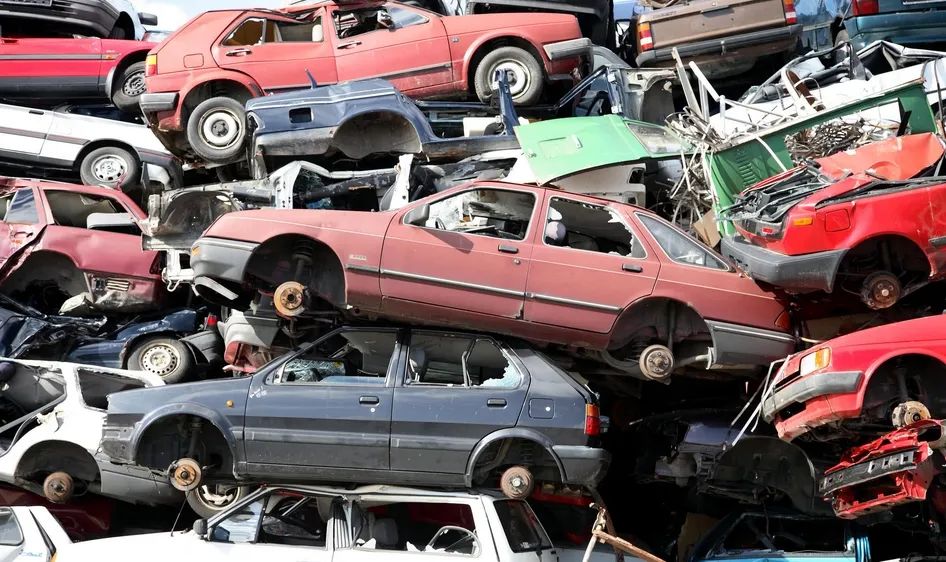
Introduction
Introduction
Based on the principle of maximizing benefits, there are three approaches.
Recently, the Ministry of Commerce released data showing that as of 24:00 on November 18, applications for subsidies for vehicle scrapping, replacement, and trade-ins nationwide had surpassed 2 million, totaling over 4 million. Additionally, in October, 879,000 vehicles were recycled nationwide, marking a year-on-year increase of 113.4%. From January to October, 5.846 million vehicles were recycled nationwide, representing a 55.9% increase year-on-year.
Therefore, relevant personnel revealed that the "trade-in" policy is expected to drive an increase of over 1.6 million passenger vehicles in the annual market, with retail sales of passenger vehicles expected to grow by more than 5% this year. Based on such positive results, relevant departments have also indicated that they will plan next year's vehicle trade-in continuation policy in advance.
As sales in the new car market continue to rise, some people have begun to wonder where the scrapped vehicles from trade-ins end up.
Currently, vehicles eligible for trade-in subsidies include gasoline vehicles that meet National III and lower emission standards (registered before June 30, 2011), diesel passenger vehicles and other fuel type passenger vehicles registered before June 30, 2013 (inclusive), and new energy passenger vehicles registered before April 30, 2018 (inclusive).
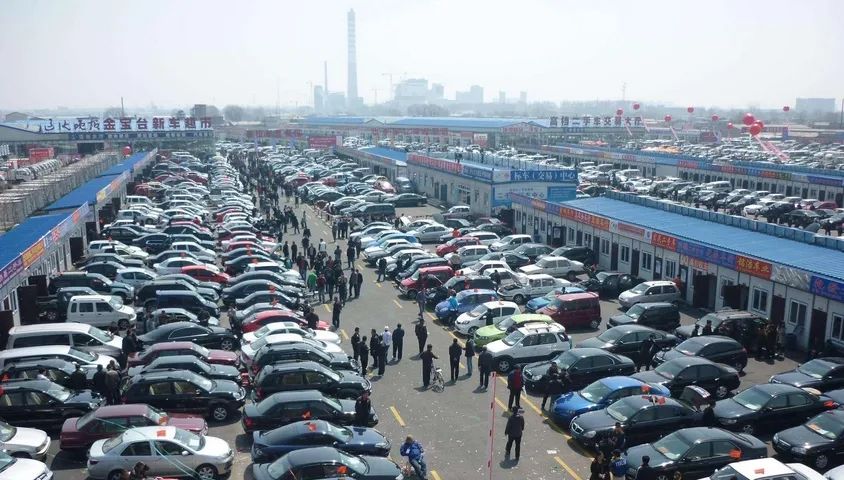
In other words, some of these old vehicles may be significantly older than 13 years. However, even if an old vehicle is well-maintained and its owner has good driving habits, or if the vehicle itself is of high quality, it is likely to remain in good condition and functional on the road.
Therefore, to maximize the value of old vehicles and ensure the rational and efficient use of resources, a series of scientific and meticulous processes are adopted for traded-in vehicles. These processes can be mainly divided into the following three crucial steps.
First, old vehicles in relatively good condition with significant market potential undergo comprehensive refurbishment. This includes meticulous exterior restoration, interior cleaning, and necessary repairs and replacements of mechanical parts. Subsequently, these vehicles are placed in the used car market and sold at reasonable prices to consumers in need, continuing to serve their purpose.
Second, for old vehicles that are in poor overall condition but have parts with high reuse value, some advanced remanufacturing enterprises conduct more detailed disassembly and remanufacturing of the vehicle parts.
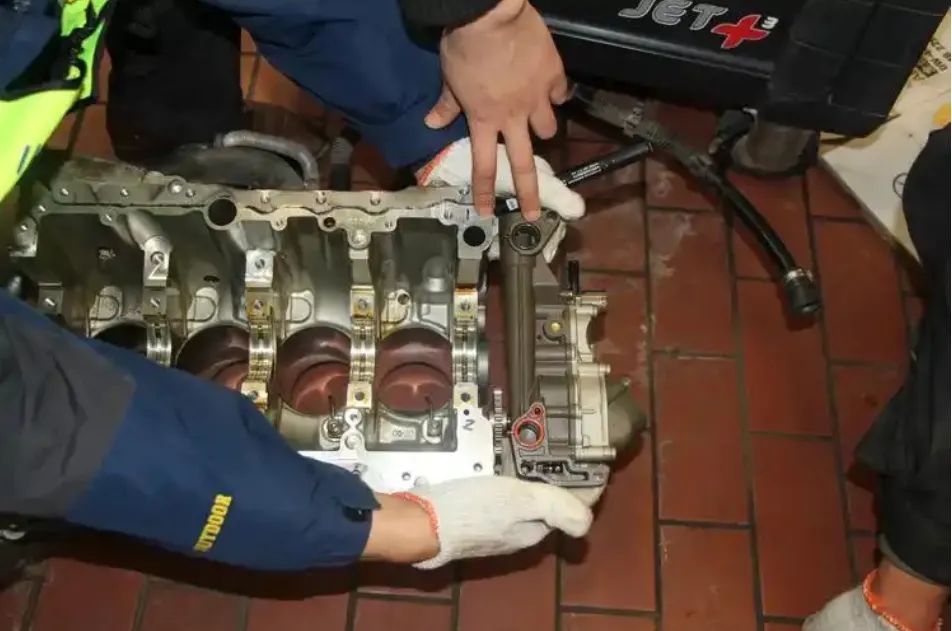
Using professional technology and equipment, they can recover more materials and establish a complete database to track and manage these parts. This model of detailed disassembly combined with automotive parts remanufacturing not only improves resource utilization but also reduces environmental pollution, achieving a win-win situation for economic and environmental benefits.
Third, for old vehicles from which valuable parts cannot be obtained through refurbishment or disassembly, professional disassembly, classification, and recycling methods are adopted. Here, these vehicles are carefully disassembled into various components such as engines, transmissions, and seats.
During the disassembly process, valuable materials such as metals, plastics, and rubbers are separated for further classification, cleaning, and crushing. These materials can then be recycled, for example, metal materials can be sent back to steel mills to be remelted into steel for the manufacture of new products.
Environmental protection is also a crucial consideration in the disposal of scrapped vehicles. Therefore, waste products generated from disassembly, such as waste oil, waste batteries, and waste rubber, must be disposed of in strict accordance with environmental standards to ensure no pollution to the environment.
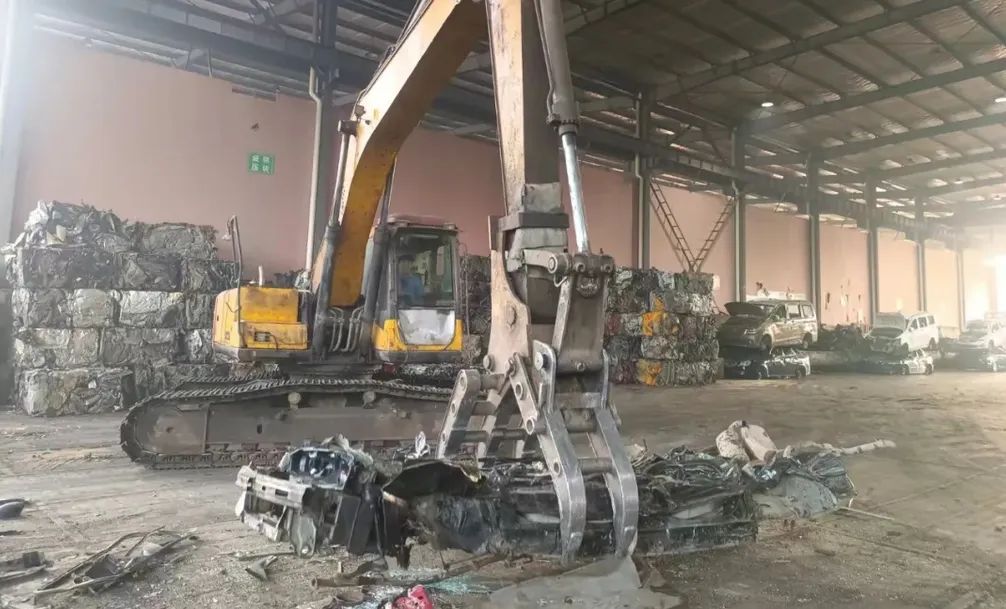
According to relevant data, when 10 million scrapped vehicles are properly disposed of, 10.35 million tons of steel resources can be recovered. This figure undoubtedly demonstrates the abundance of steel in scrapped vehicles and provides society with a huge potential for resource reuse.
Additionally, 750,000 tons of non-ferrous metals can be recovered, playing an indispensable role in various industrial productions and daily life. The recovery of 900,000 tons of plastics means reducing dependence on crude oil, lowering environmental pollution, and promoting sustainable development.
Moreover, 750,000 tons of rubber can be recovered from scrapped vehicles. After professional processing and regeneration, these rubbers can be widely used in tire manufacturing, seal production, and other fields. Additionally, 600,000 tons of glass can be recovered, which not only reduces the demand for new glass raw materials but also lowers energy consumption and environmental pollution, achieving the goal of a green circular economy.
Focusing on an ordinary passenger car, after meticulous disassembly, approximately 0.7 tons of scrap steel can be recovered. After a series of smelting and processing, these scrap steels can be transformed into high-quality steel products, providing solid material support for construction, bridges, machinery manufacturing, and many other industries.
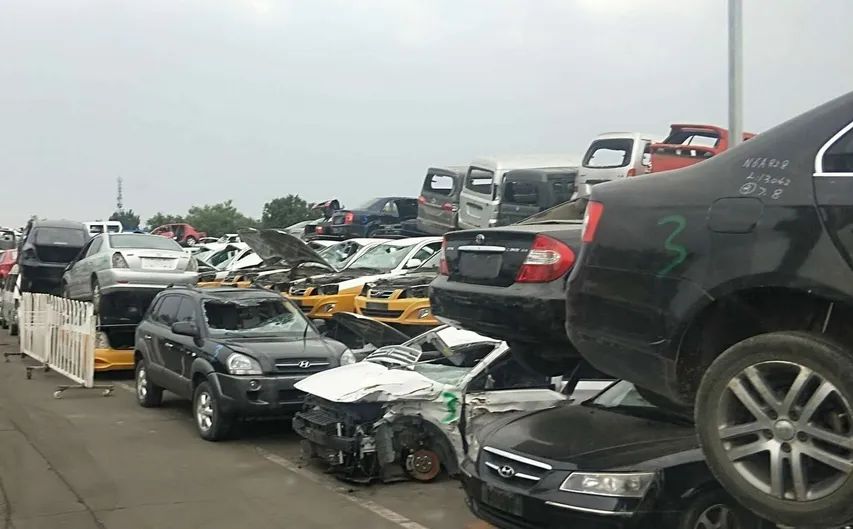
It can be said that the recycling and reuse of scrapped vehicles is not only an important measure related to resource conservation and environmental protection but also a huge potential industry. By scientifically and reasonably processing these scrapped vehicles, we can not only achieve the circular utilization of resources but also promote the green development of the industry.
In fact, what we are discussing now is still based on the recycling process of most gasoline vehicles. However, since this year, new energy vehicles from 2018, which are now six years old, have also entered the scrapping process. Among them, the most critical and core issue is the recycling and reuse of power batteries, which will also become an urgent problem to be solved.
Professionals have summarized with a sentence: "China's battery recycling industry is still in its early stages of development, and the construction of a recycling system urgently needs improvement." Although the industry has broad prospects, it still faces many challenges.
It is reported that the relatively low threshold for the waste power battery recycling and utilization industry has led to a rapid expansion of enterprises in this field to over 100,000, with significant differences in size, strength, and technical level. Some of these enterprises have a weak technical foundation and limited professional skills, often resorting to simple manual disassembly methods.
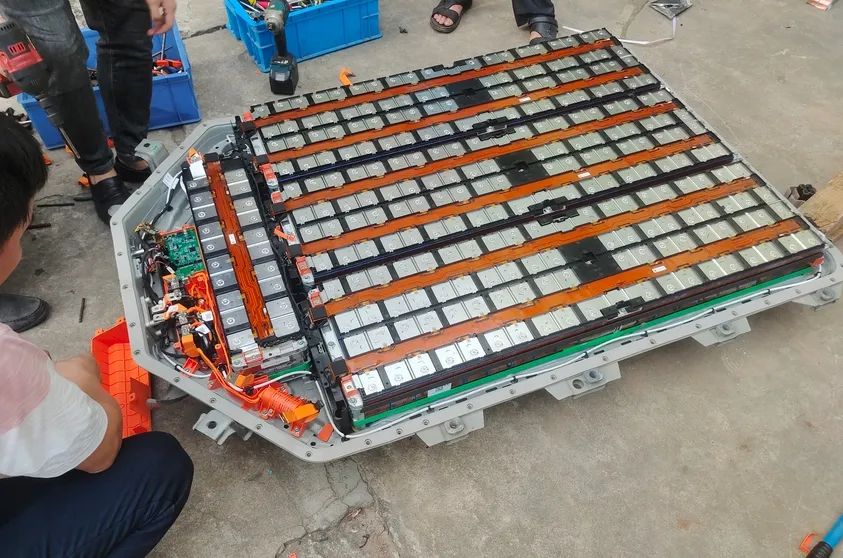
This extensive approach is difficult to ensure efficient and high-quality recycling of power batteries, nor can it achieve deep resource circulation and closed-loop operation of the industrial chain. More severely, some enterprises even engage in bait-and-switch practices, posing significant risks to safety production and environmental protection.
Meanwhile, with the continuous innovation and upgrade of battery pack technology, new challenges have emerged in the disassembly work. According to insiders, the current market has numerous models of power battery packs with increasingly complex structures, posing challenges to enterprises in terms of dismantling capacity during cascade utilization. Especially for emerging types such as glued batteries and blade batteries, the dismantling difficulty is significantly increased.
Although the field of power battery recycling is developing rapidly with relatively mature mainstream technologies, there are still obvious technical barriers in the separation, purification, and recycling of valuable metals such as lithium and manganese. Due to insufficient innovation in process technology, the overall recycling rate remains low, becoming a bottleneck restricting further industry development.
Therefore, if the trade-in policy continues next year, the large number of retired power batteries will become a thorny issue.







